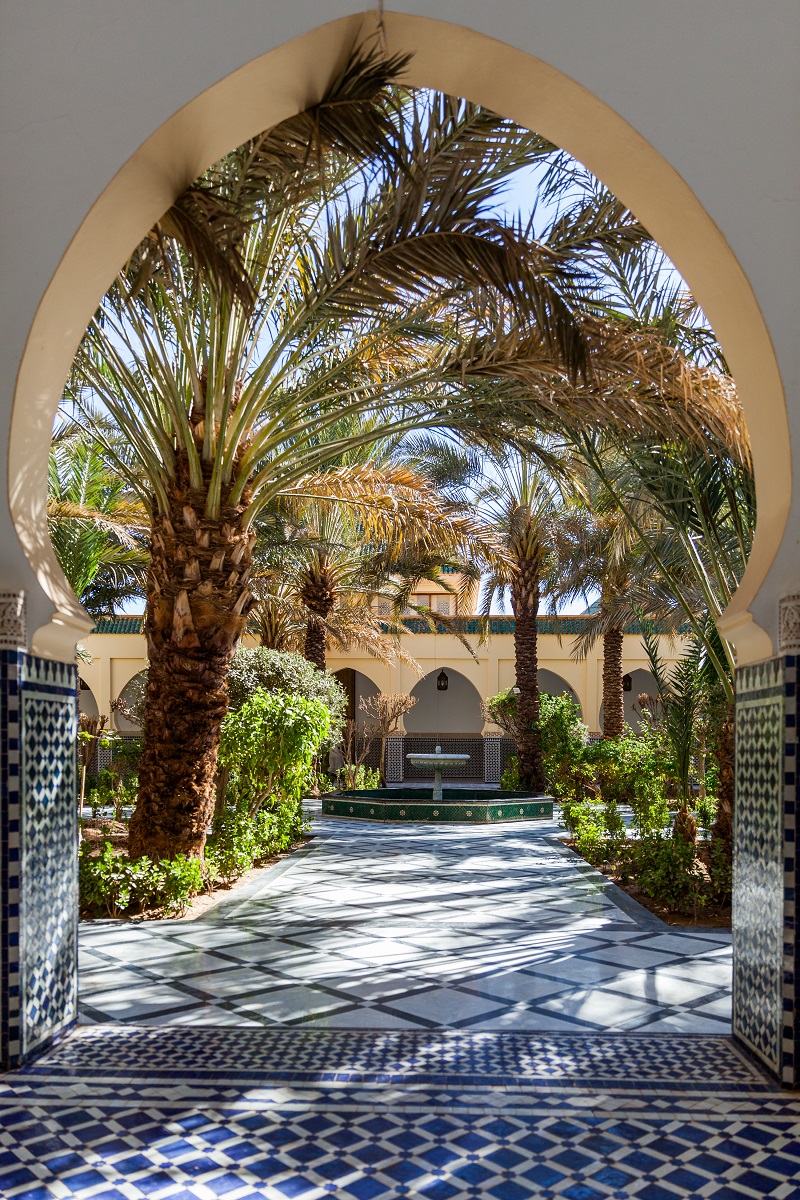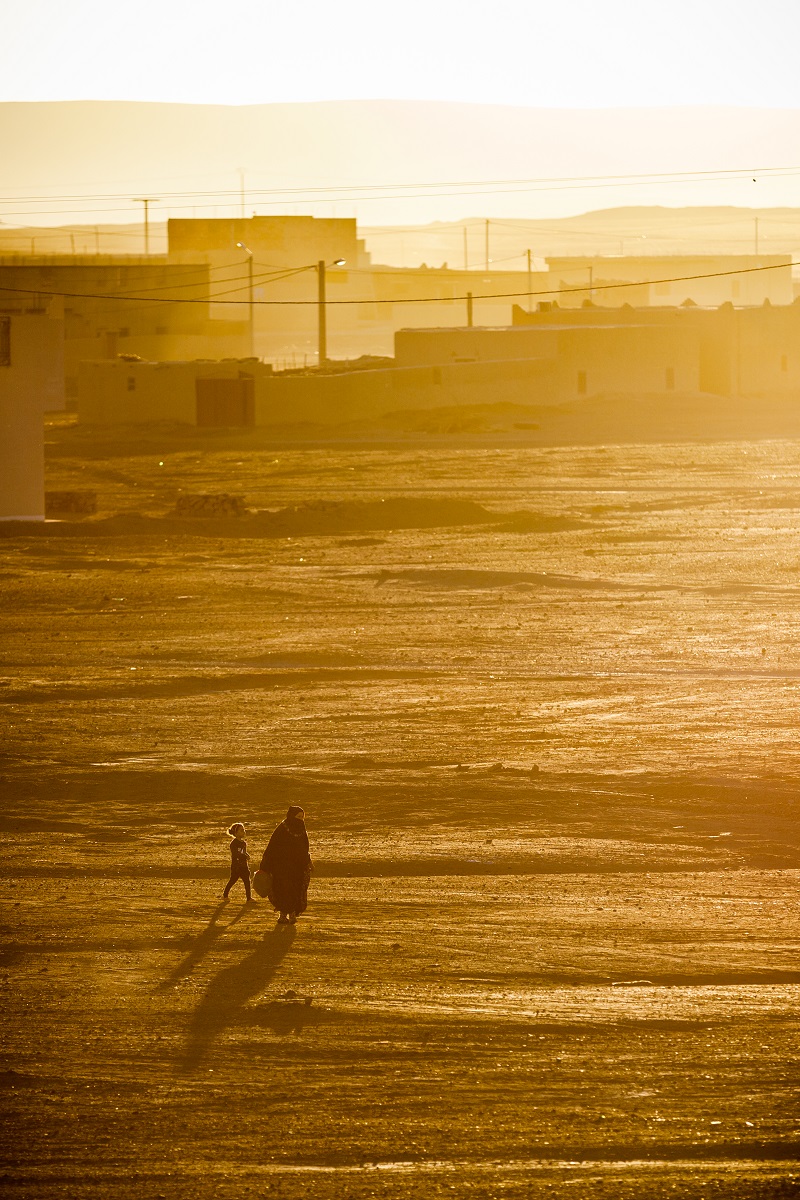
To enter Morocco, you will need a passport valid at least 6 months past the date expected departure.
The currency in Morocco is the Moroccan Dirham (MAD). You should exchange money into Dirhams, otherwise it can be challenging to find places that accept foreign currency.
More established shops accept to be paid by credit card, but most smaller markets, street vendors, and cabs will not. Be ready with the local currency.
Moroccans can speak more than four languages; it depends on the region you are visiting. But in general, most of them have a mixture of Arabic, Berber, English, and French.
Here are a few basic Arabic words you may need:
Many retailers and restaurants accept credit cards as payment; however, you will need cash for souk vendors and small shops. There are ATMs in major cities.

Most plugs in Morocco are type C and type E. The standard voltage is 220 V and the standard frequency is 50 Hz. A universal adapter will work for most electronics (be sure to get one with surge protection!) but you need a converter for hair dryers and hot tools.
Morocco has wealth of mountain scenery and desert landscapes with coasts on both the Mediterranean and the Atlantic. So, it terms of climate, we can think of Morocco as four different areas:
The North: between the Rif Mountain range and the coast, with mild summers and cool, wet winters.
Central: Morocco’s heartland, hotter than coastal areas, while winters are more moderate, summers can be very hot, with an average of around 38°C (100°F) in cities like Marrakech.
Desert: In the southern desert summer months can be hotter than 40°C (104°F) but with more pleasant winters. However, like most deserts it’s always cool at night regardless of the season.
Mountains: Cooler overall temperatures, often going below 0°C (32°F) in winter in the Rif Mountains and for most of the year in the Atlas Mountains.